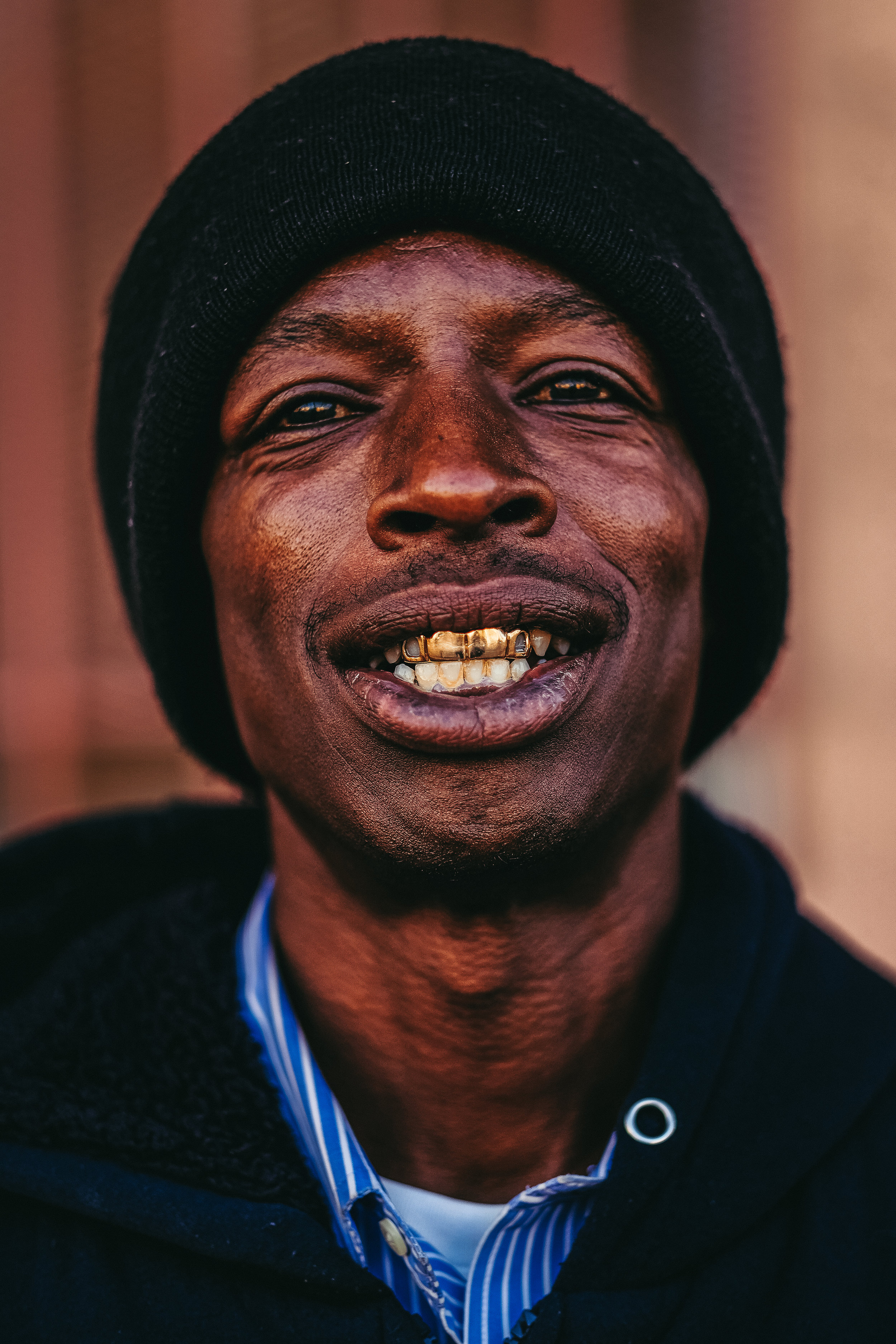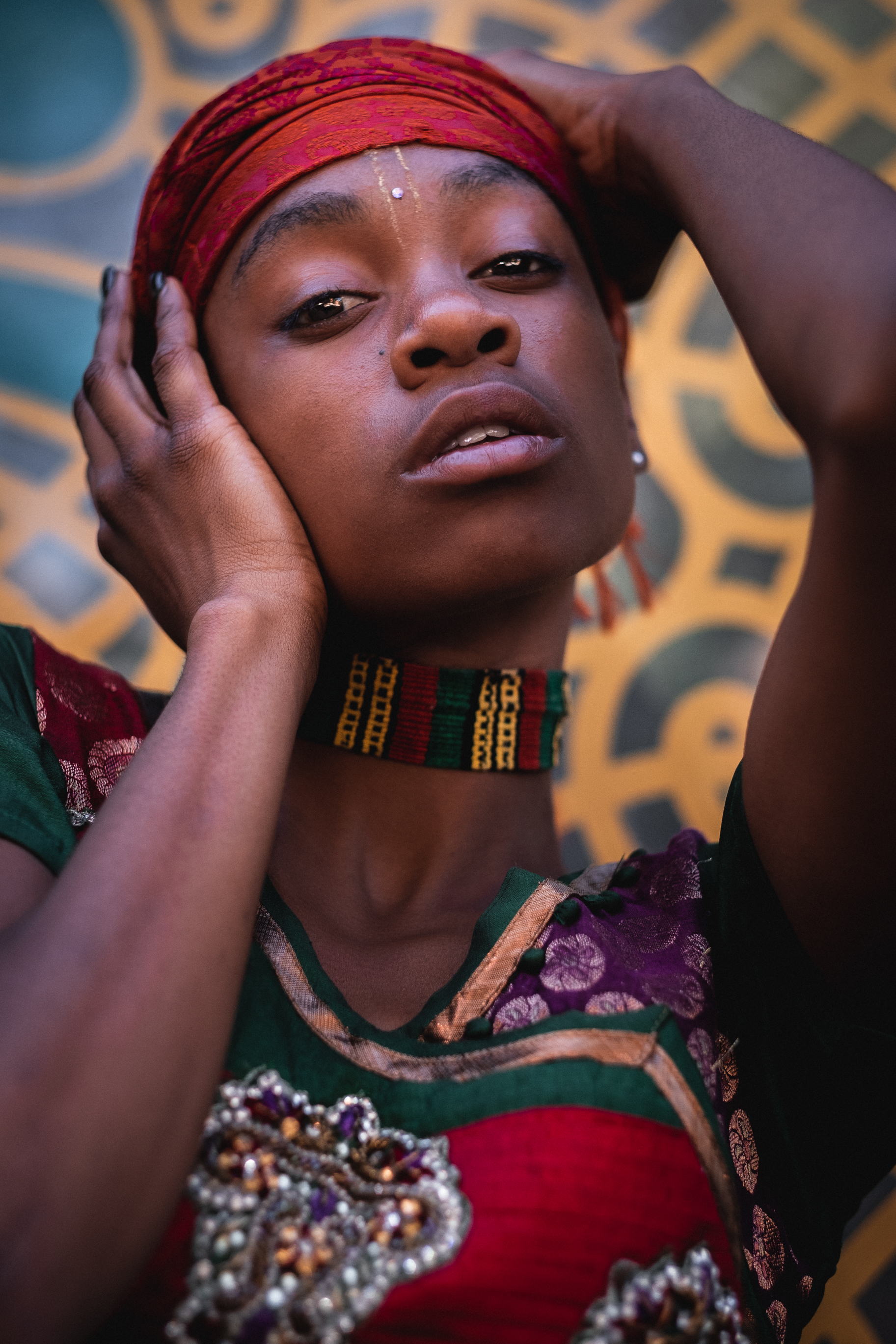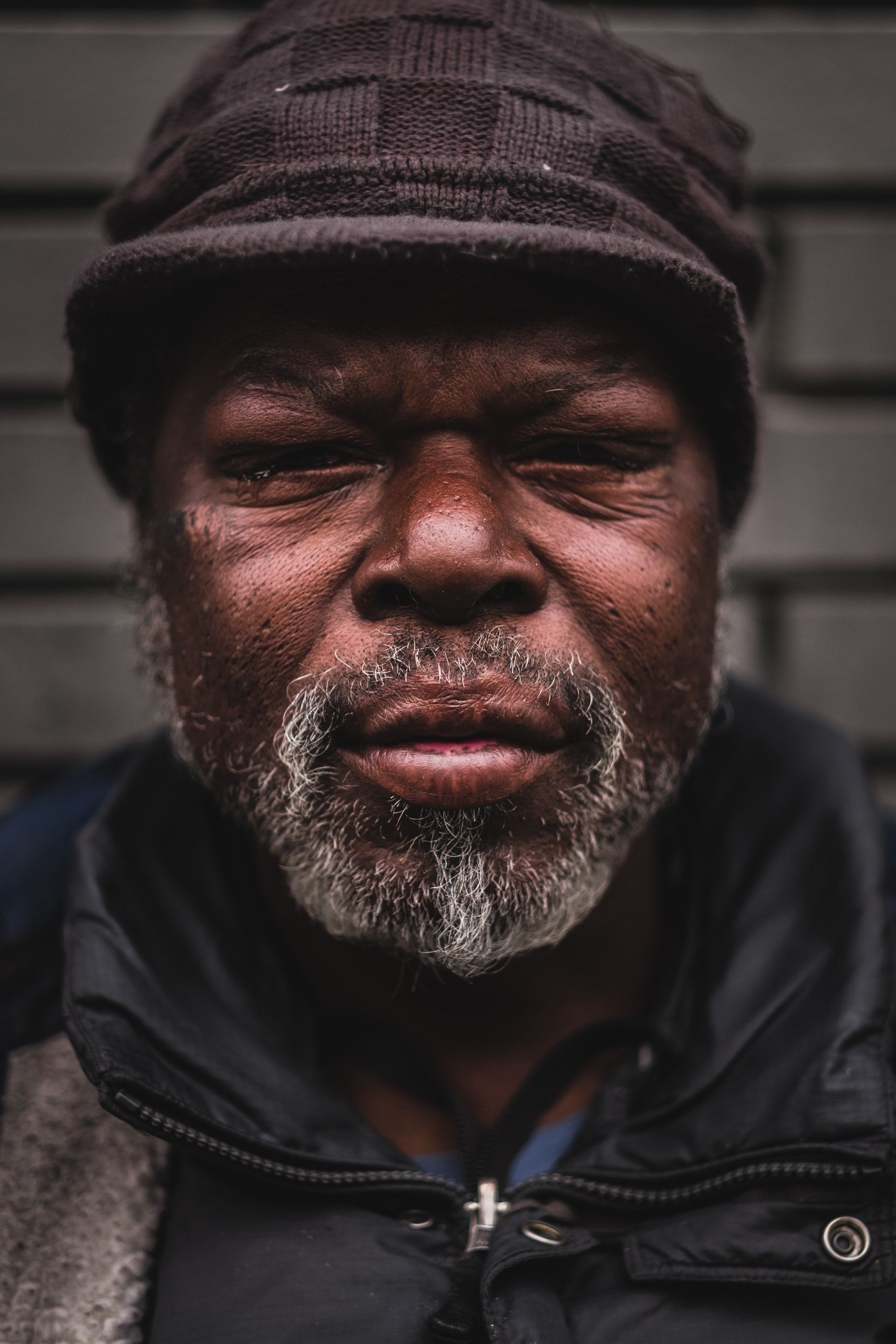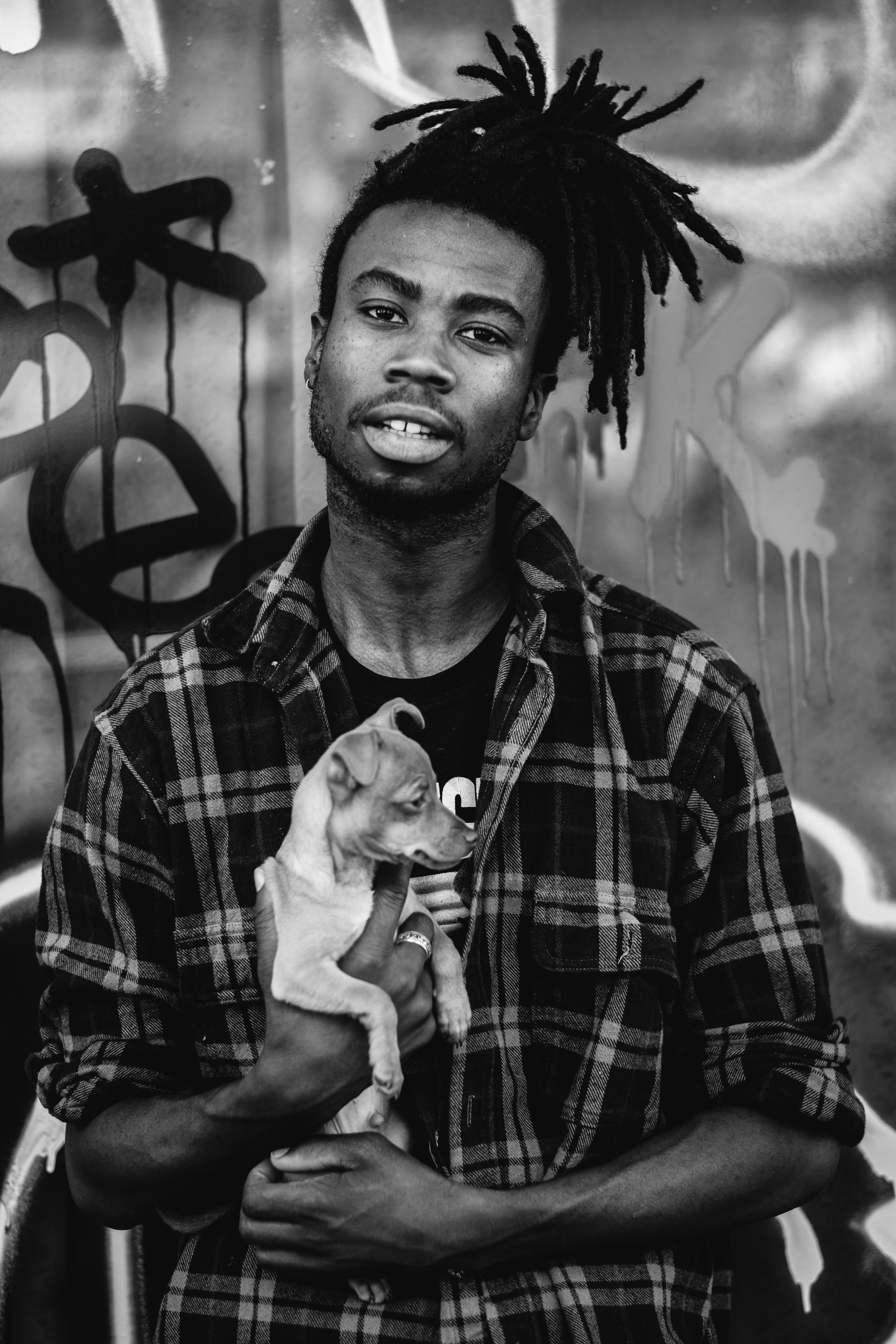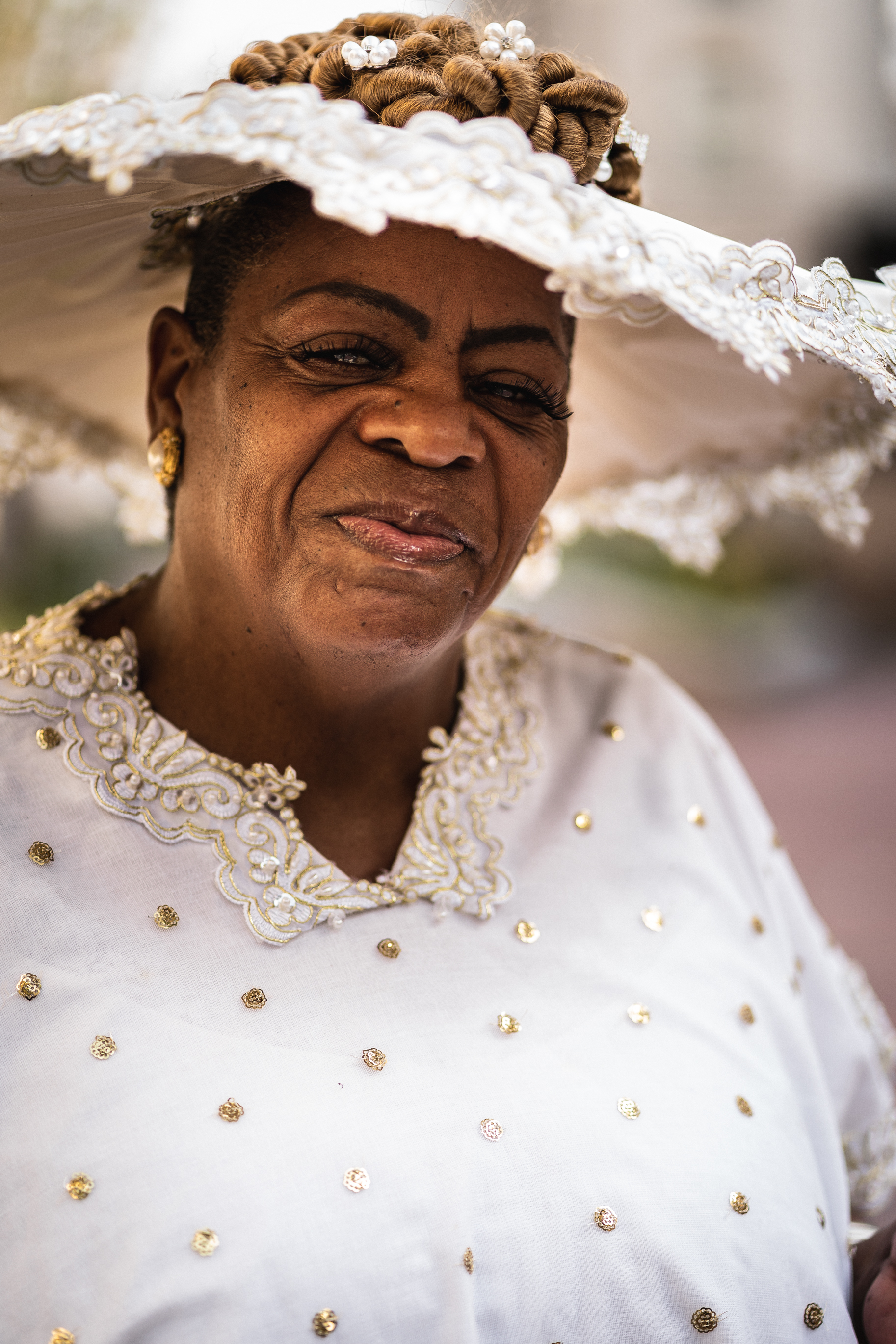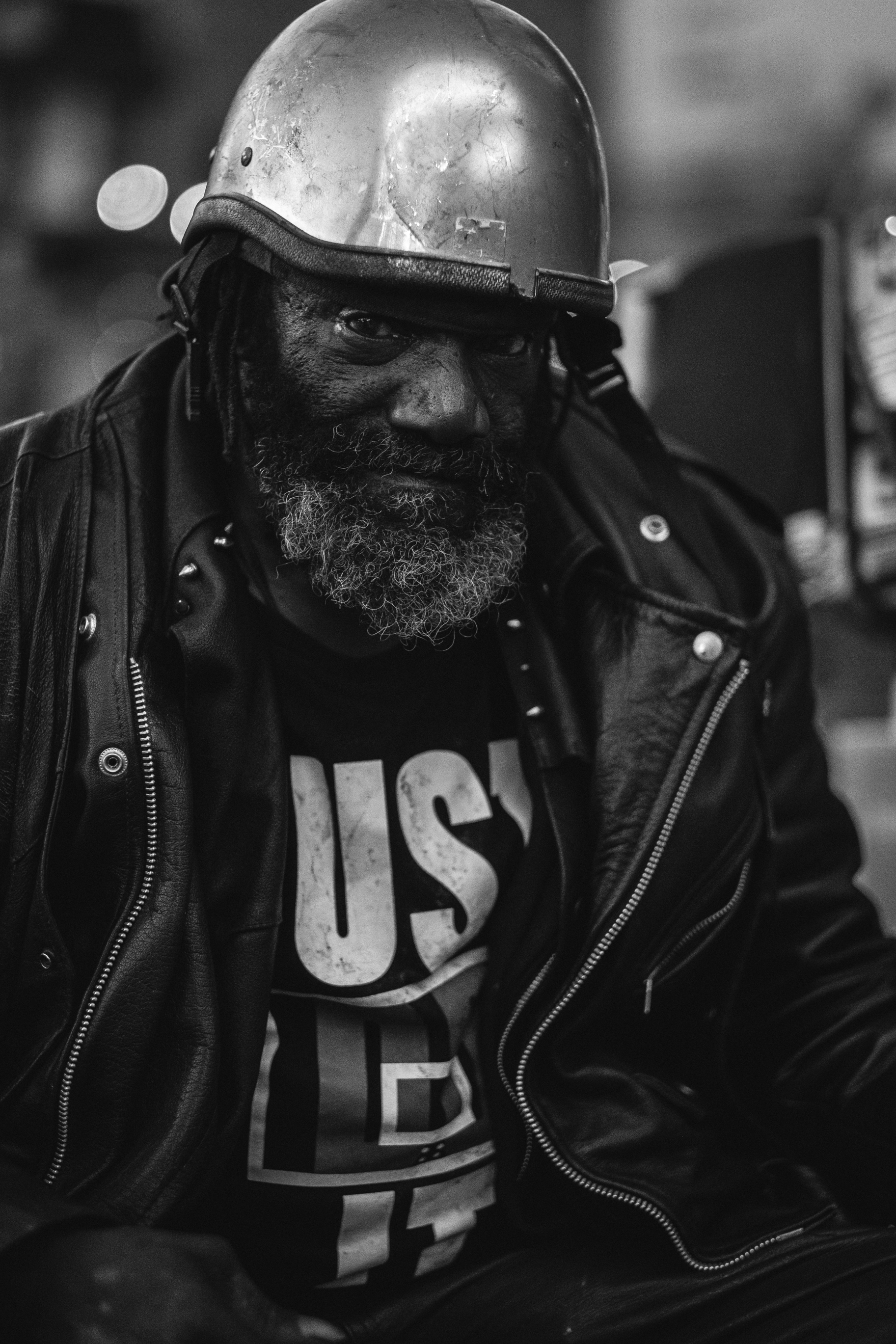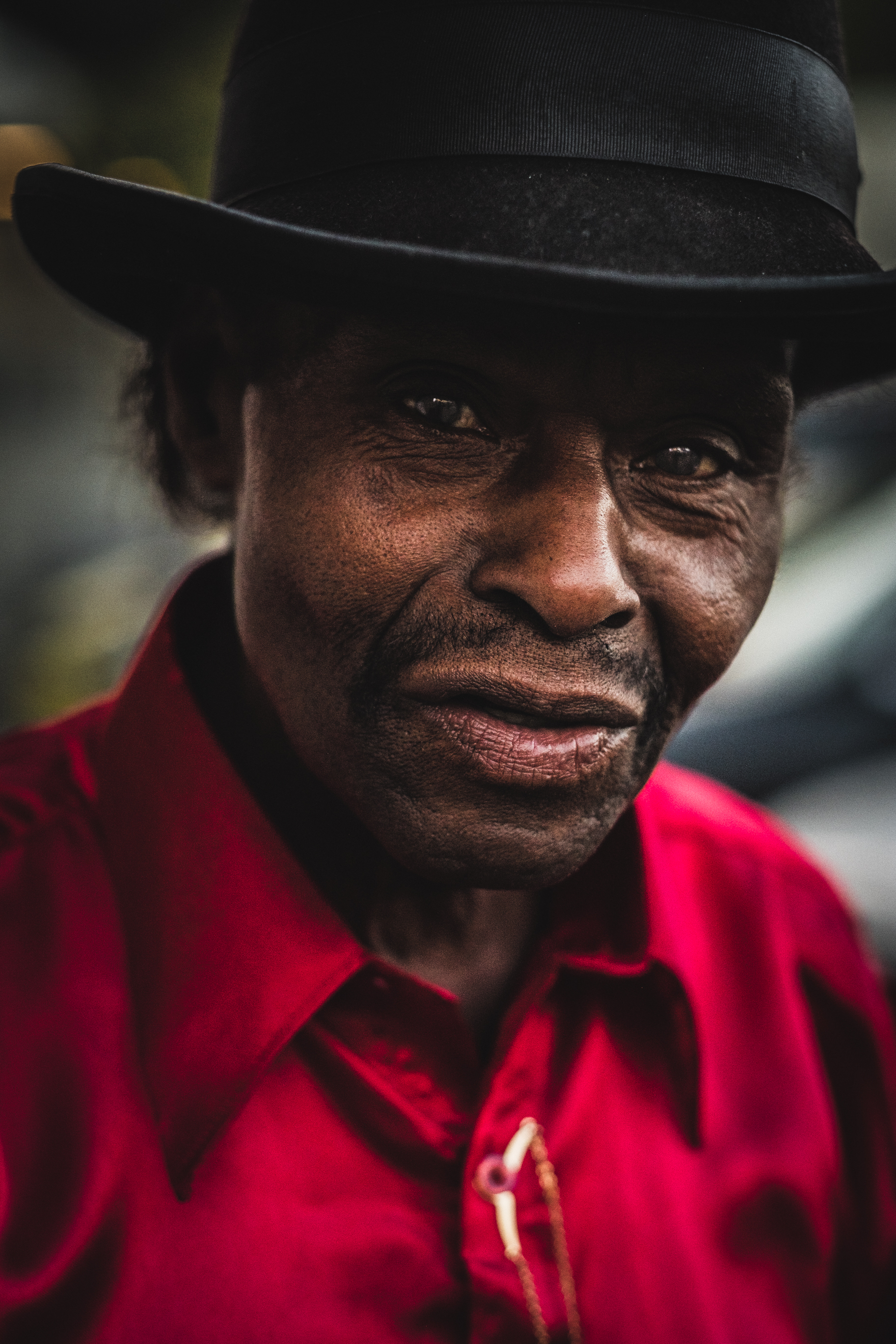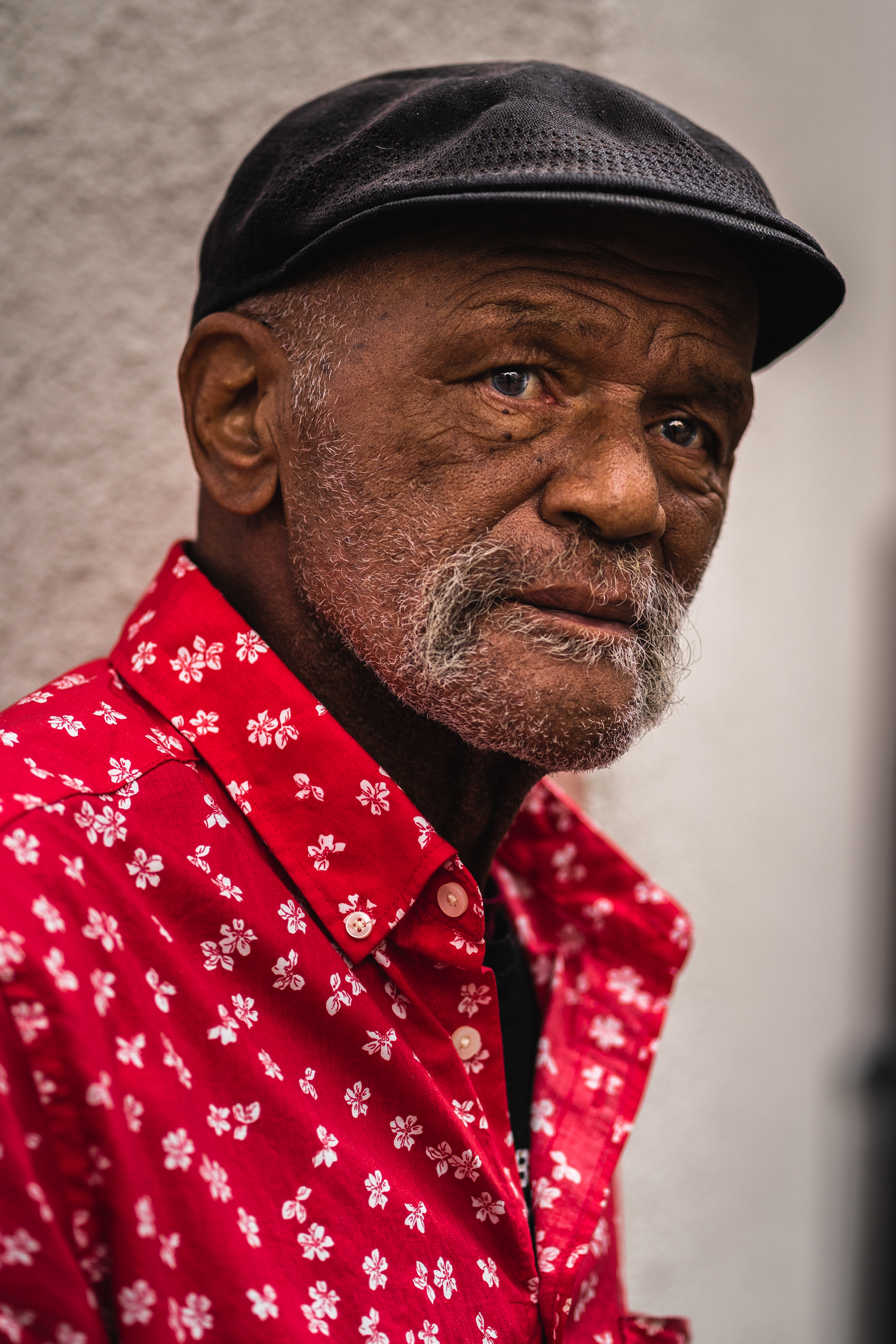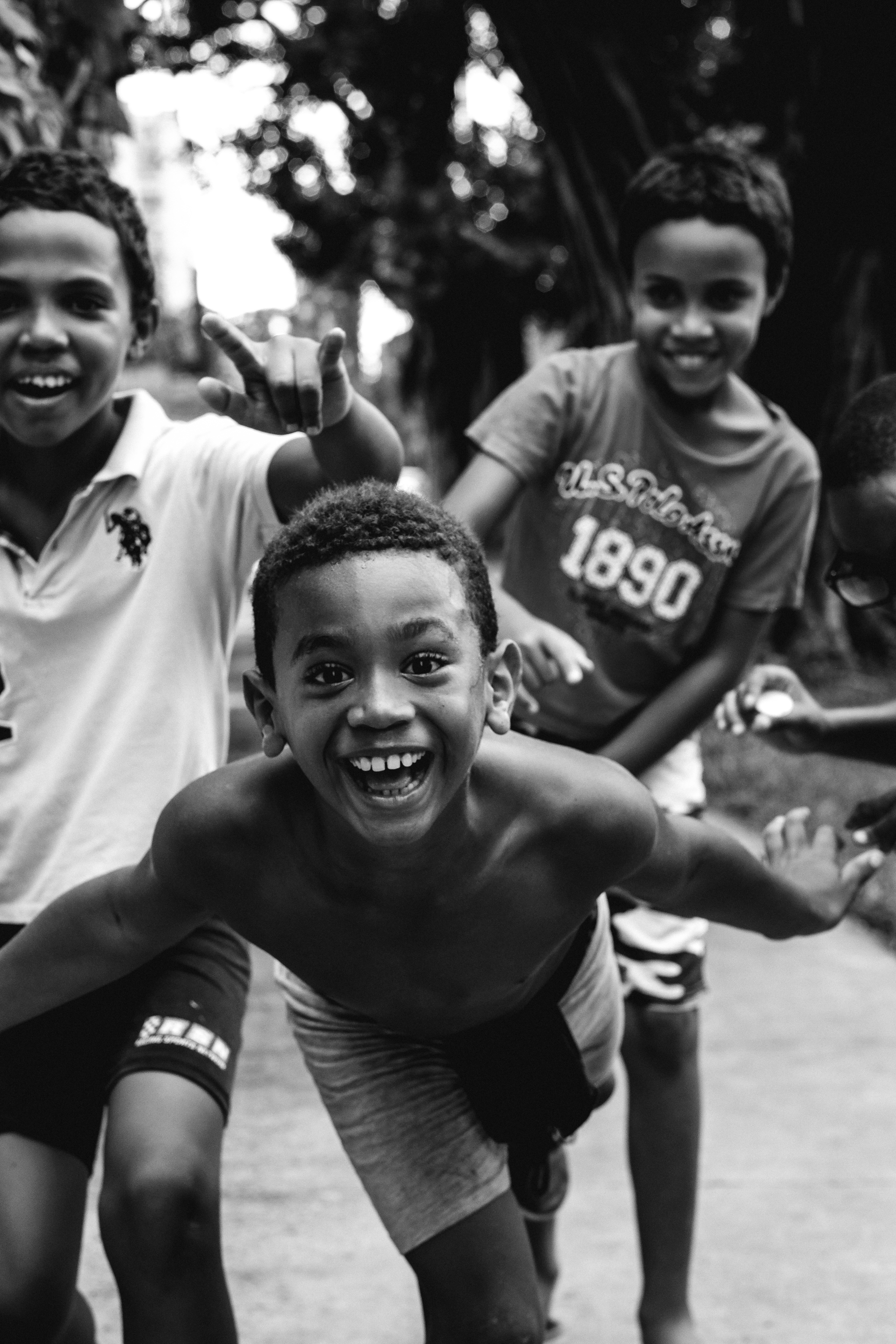Street Portraiture is an amazing discipline that not only reveals a lot about the subject you are photographing, but also reveals a lot about us as human beings. What many are surprised to learn is how much they discover about themselves through their pursuit of photographing others.
A couple years ago I made the decision to embark on the journey of photographing a new person everyday, and during that journey I have grown tremendously as a photographer and also as a person. Many people ask me questions on a daily basis about street portraits. Hands down the most frequently asked question is, “How”? “How do you approach people to take their picture?” Interacting with strangers, invading their personal space, and then asking to take their picture can be a tall order, even for the bravest among us.
I thought that I could share some of the things that I have learned over the years of taking pictures of strangers. Hopefully my experiences can give some insight on techniques that can help you take better portraits of strangers.
Believe In Yourself
Stop telling yourself that you can’t or that the people taking the portraits you want to take have a higher social IQ than you. I’m a pretty social and confident guy and I still have to conquer my own nerves when I walk up to someone I don’t know with my camera in my hands. The first step for me in photographing anyone is to know that I can do it. I believe in myself and believe in my purpose as a photographer and as an artist. Believe in yourself and I can guarantee that you have already climbed the first mountain of taking street portraits. (and you didn’t even have to leave the house yet.)
Be A Student
I think this is essential in any discipline you go into. If you want to be great at something then get to know the GREATS. Study as much as possible. In the history of photography there are several amazing people who mastered the art of taking photos of other people. I made sure to get familiar with several and this is something that I do even to this day. When I truly started to study photography and the lives of the photographers who inspired me, my skills grew tremendously.
A few of my favorites
Gordon Parks
Vivian Maier
Diane Arbus
Stanley Kubrick
Eli Reed
Annie Lebovitz
Bruce Gilden
Richard Avedon
James Van Der Zee
Jamel Shabazz
Platon Antoniou
Be Prepared To Hear “No”
Some people aren’t going to want their picture taken. It doesn’t matter what you say or explain to them. You can have all the charm, confidence, and camera skills in the world and they are going to still say, “No.” From here what you do is completely up to you, but for me, once I’m told “No”, I won’t take the picture. Now with that said, I don’t just walk away when someone says, “No”. I continue to interact with the person because I’m genuinely interested in having a moment with them. I want to learn their story and hopefully share mine with them. Most times that I have been told, “No” I have continued a genuine conversation with the person I approached and by the time I’m done talking to them they say, “Hey just go ahead a take that picture.” People respond to authenticity.+
If you make the decision to take the picture without the person’s consent, you may find yourself in a physical altercation with your subject or with broken camera gear. So be PREPARED.
Find The Character
Photographers are story tellers. One of the things I see most often in the work of people who believe they are taking bad portraits is “boring’ subject matter. Look for someone who has the story pouring out of them. As time goes on and your skills develop, you will find that you are able to draw the emotion and visual story out of almost anyone in front of your lens. This will come with practice, repetition, and gaining the ability to get people to reveal their truest selves to you. Different photographers do this in different ways, but every photographer who takes engaging portraits does it somehow.
Find and Observe Commonalities
A key to street photography is the power of observation. Observe your surroundings and the people who are surrounding you. If you are truly observing what’s around you, you will find the interesting subject. There will be some out there with a compelling story written on their face and stitched into the fiber of their clothing. Once you find that perfect character then you have to find a bridge to them through commonality. What do you both have in common? Is it a sports team? A neighborhood? A hobby? Look at the things they are wearing, holding, or doing. Comment on the book they’re holding or the car they are standing next to. If nothing…ask them about themselves. Allow this stranger to teach you something. The more you converse with them, the more opportunities you have to discover the commonalities you share. This is one of the beautiful things about portraits and where the true learning of one’s self can take place.
In an interview Platon describes his interaction with Russian President Vladimir Putin. Platon talks about how nervous he was photographing Putin and how he broke the ice by asking him if he was a fan of the Beatles. It just so happened that one of the most powerful and intimidating men in the world LOVED the Beatles. Through connecting with someone who was very different than him via the love of music, Platon was able to take intimate photos of Putin, some of which he took an inch and a half away from his face.
Have Your Gear Ready
A few days ago I saw one of the most amazing subjects I have ever come across. I struck up a conversation with this guy in front of the grocery store and started it off about how well dressed he was. He had on a black brim hat, a red silk shirt with a gold chain, and red pants. He had on a pair of expensive but worn black dress shoes and a walking cane fashioned from polished wood with a large metal top that resembled a scepter. He talked to me about moving from Brooklyn in the 60’s to Oakland and what both cities looked like so many years ago. He lit and finished a cigarette that he had obviously started smoking earlier in the day. The conversation was good but there was never a point where I felt it was time to ask him the golden question, “Can I take your photo?” We finished our conversation and we both walked into the grocery store on our separate journeys.
I kept my eye on him and once he walked out I followed behind him and I asked him to take his photo. He was apprehensive but agreed to take the photo. I pulled out my X-Pro 2, flipped the power dial over to “on” and placed my eye up to the viewfinder only to learn that my battery was dead. I looked up at him and told him that I had another battery. Now embarrassed I fumbled around a found another battery and popped it in my camera as my subject began to lose interest in being photographed. I loaded up the next battery, again I moved the selecter dial to “on”. I placed my eye up to the viewfinder and AGAIN had a dead battery. Now, thoroughly embarrassed and losing my subject, I fired off one poorly focused and poorly framed shot before my camera died. Just like I thought, the camera died immediately after and the interaction ended with me looking like it was my first time taking a picture.
The point of that story is that you always want to be prepared. One of the things you have to do to take a good portrait is to make the camera, and the giant wall it represents, melt away between you and your subject. Its a hard job to remove the wall of the camera, but once you do, the possibilities are endless. The absolute worst thing you can do is rebuild that wall by not being ready to shoot when the time comes. Make sure your battery is fresh, that you have your setting optimal, that your camera requires little to no adjustment, and that your camera is in a place where you can access it. The less fumbling around the better.
Get Close
You have done everything you have needed to do to get a wonderful portrait of someone and you finally take the picture while standing 20 feet away . Sounds pretty ridiculous right? That’s because it is. A portrait is capturing both the overt and subtle, but strong forms of emotion from your subject. Don’t be afraid to get close and to fill the frame with your subject. Don’t let all your bravery and hard work go down the drain by taking a portrait where its hard for the viewer to determine the subject of the photo. FILL THE FRAME.

